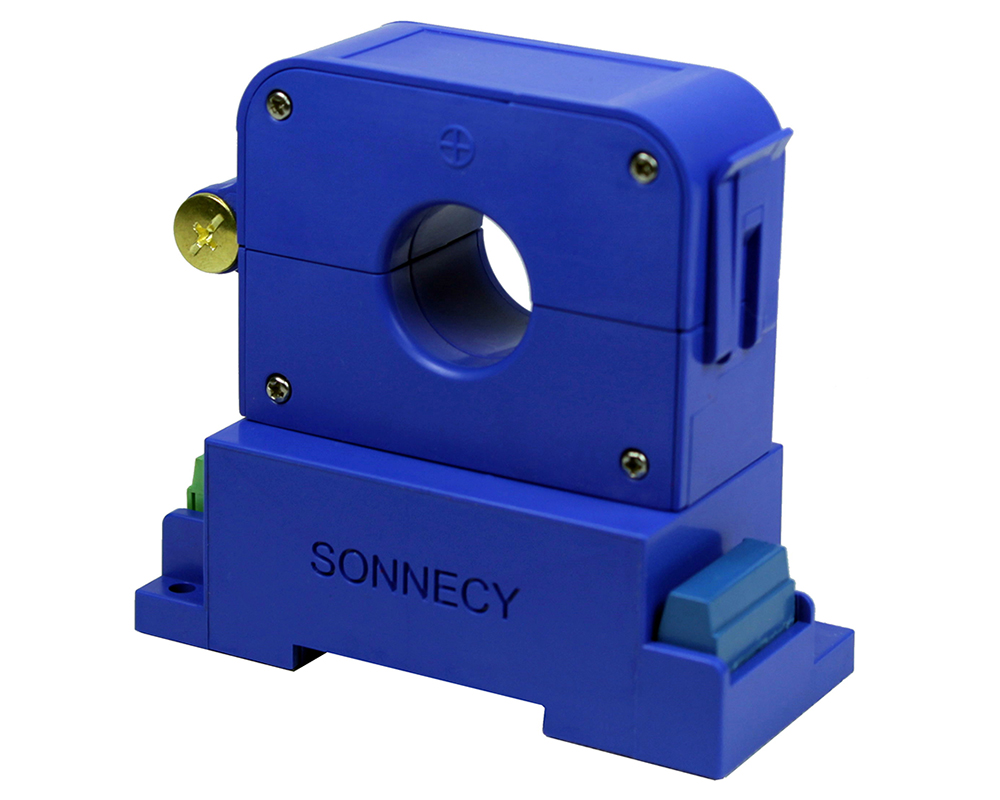
Current Sensing is an important process for the evaluation, control, and diagnosis of electrical systems. Traditionally, you use current sensing for circuit control and protection. Due to technological progress, people use current sensing in performance optimization and monitoring as well. Thus, you can find Current Sensors in many application fields like:
- Current and voltage control
- Inverter
- Servo motor
- Generators
- Automobile electronics
- Telecommunication
- Battery management systems
- Wind turbines
- photovoltaic-equipment
- etc.
One commonly used method is resistive current sensing using a shunt-resistor. It exploits the voltage drop on the shunt-resistor to calculate the current flowing through the resistor using the formula
![]()
But resistive current sensing has a few disadvantages. First, there is a lack of electrical isolation between the power-handling and measurement circuit. As you measure the voltage drop at the terminals of the resistor, you have to integrate the current-sensing instrument into the circuit being monitored. So, due to safety concerns, you can only use resistive current sensing in the high-voltage application, if you can guarantee the separation between the power-handling circuit and measurement circuit by using additional electronics. Furthermore, the voltage drop on the shunt-resistor leads to energy loss. To minimize the losses, the resistor value should be as low as possible.
Because of these issues, Hall Effect Current Sensors are widely used as well. They are a reliable solution for non-contact current measurement with high accuracy. The galvanic isolation between the sensor and current guarantees a high degree of safety. Furthermore, Hall Effect Current sensors have a simple structure and low energy losses.
Our first article in "sonnecy.org" provides a summary of the basics of Hall Effect Current Sensors. The article describes its working principles as well as the difference between Open-Loop and Closed Loop Sensors.
